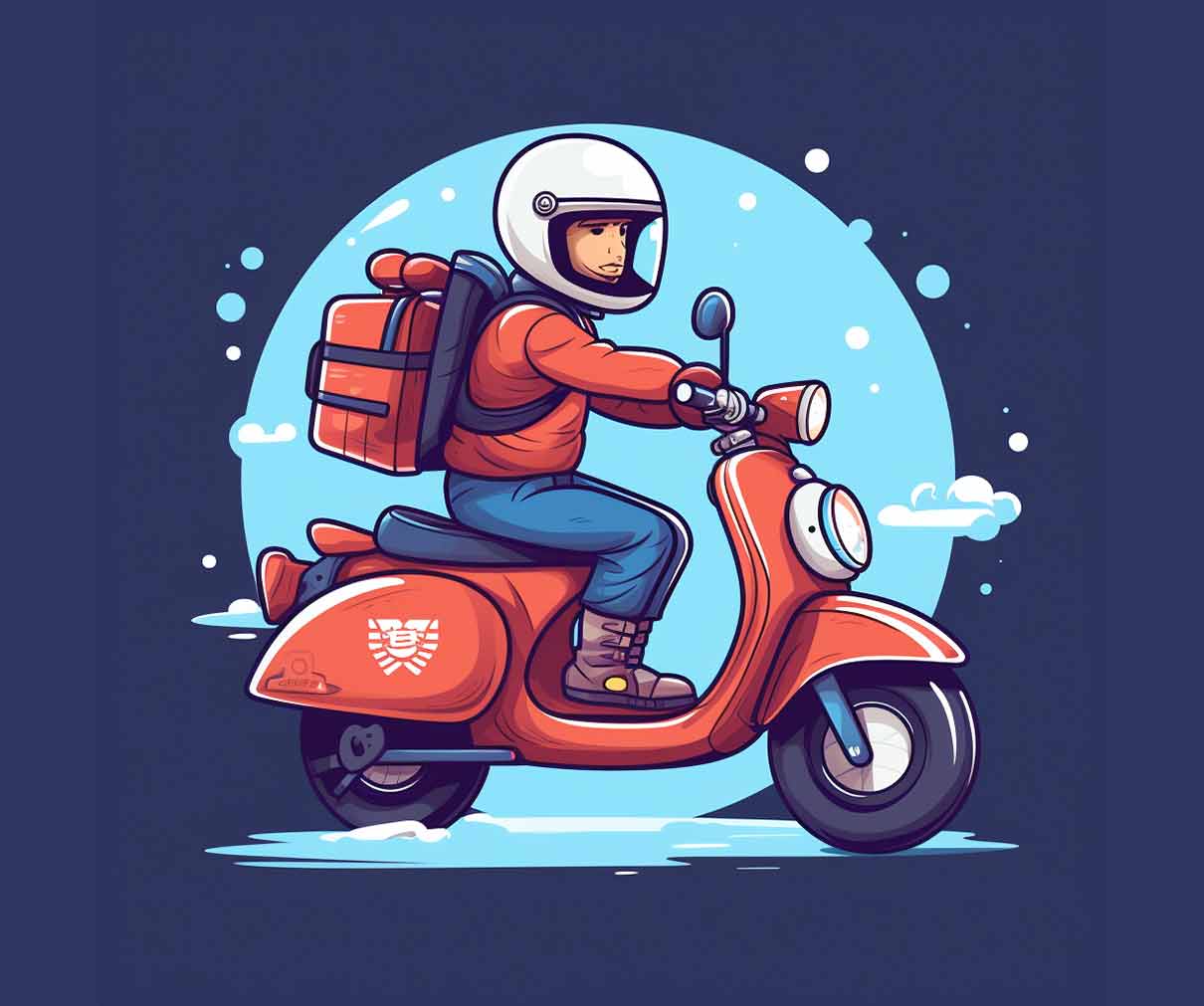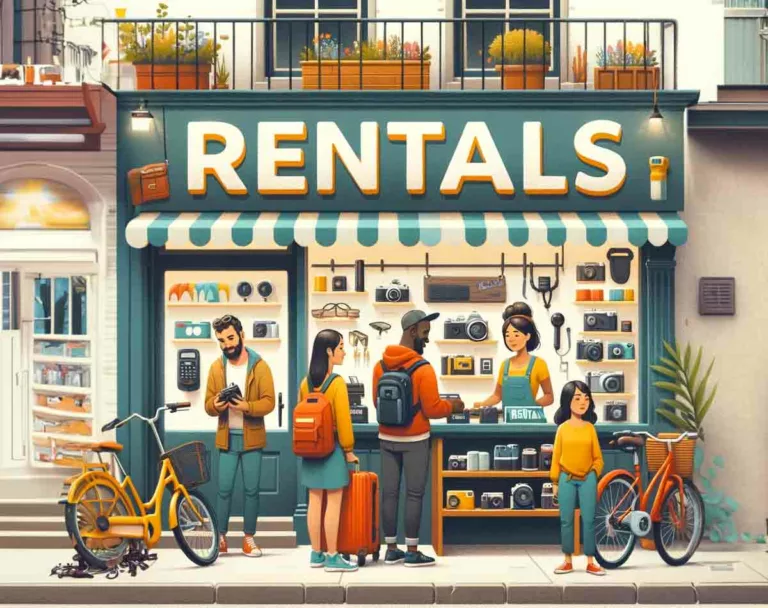Is Uber Eats a Good Side Hustle?
In the ever-evolving landscape of the gig economy, side hustles have become an integral part of many people’s financial strategies. Among the plethora of options available, food delivery services have surged in popularity, with Uber Eats standing out as a prominent player.
But the question on many minds is: Is Uber Eats a good side hustle?
We’ll start by understanding what Uber Eats is and how it fits into the broader trend of food delivery services. Then, we’ll guide you through the process of getting started, including the sign-up procedure, eligibility requirements, and app navigation.
As we navigate through the nuances of working with Uber Eats, we’ll weigh the pros and cons, discuss strategies to maximize earnings, and compare it with other delivery services.
Whether you’re a student looking for extra cash, a full-time employee seeking additional income, or anyone in between, this comprehensive exploration aims to provide valuable insights into whether Uber Eats could be the right side hustle for you.
Introduction to Uber Eats as a Side Hustle
What is Uber Eats?
Uber Eats, a branch of the well-known Uber brand, has emerged as a leading player in the food delivery industry.
Unlike its parent rideshare service, Uber Eats is dedicated solely to the delivery of food. It connects customers with a wide range of local restaurants and eateries, allowing them to order meals through an easy-to-use app.
This service not only benefits consumers seeking convenience but also provides a flexible earning opportunity for drivers.
The Rise of Food Delivery Services
In recent years, food delivery services have seen a significant surge, largely driven by changes in consumer habits and technological advancements.
The convenience of having meals delivered right to your doorstep has appealed to a broad audience, from busy professionals to families. This trend has been further accelerated by global events like the COVID-19 pandemic, which increased the demand for contactless delivery options.
As a result, food delivery apps like Uber Eats have become a go-to solution for many, creating ample opportunities for those looking to earn through side hustles.
Uber Eats in the Gig Economy
Uber Eats plays a significant role in the gig economy, offering flexible work options for individuals. As an independent contractor with Uber Eats, you can choose when and where to work, with the freedom to set your own schedule.
This flexibility makes it an attractive option for a wide range of people, including students, full-time employees seeking additional income, or anyone looking to capitalize on the growing demand for food delivery services.
Getting Started with Uber Eats
The Sign-Up Process
Getting started with Uber Eats is a straightforward process. Prospective drivers need to download the Uber Eats app and complete a sign-up form.
The app will guide you through the necessary steps, which include providing personal information, vehicle details, and the required documentation such as a driver’s license and insurance.
Eligibility and Requirements
To be eligible for Uber Eats, drivers must meet certain criteria. These include being of legal age to drive in your area (usually 19 or older), having a valid driver’s license, and access to an eligible vehicle.
In some areas, you can also deliver by bike or scooter. Uber Eats requires drivers to pass a background check, ensuring safety and reliability for its customers.
Setting Up and Navigating the App
Once approved, navigating the Uber Eats app is intuitive. The app is designed to manage everything from delivery requests to tracking your earnings. New drivers should familiarize themselves with the app’s features, including how to accept delivery requests, navigate to restaurants and customer locations, and manage earnings.
Tips for efficient use include understanding the layout of your delivery area, identifying busy times for more delivery opportunities, and maintaining good communication with both restaurants and customers for a smooth delivery experience.
Pros and Cons of Uber Eats as a Side Hustle
Flexibility and Independence
One of the most appealing aspects of Uber Eats is the flexibility it offers. As a driver, you have the freedom to choose your hours, allowing you to work around other commitments, be it studies, a full-time job, or family responsibilities.
This level of independence is a significant draw for many, providing a sense of control over your work-life balance that is rare in traditional employment.
Earning Potential
The potential to earn with Uber Eats varies widely and is influenced by several factors. Your location plays a crucial role; drivers in busy urban areas often have access to more frequent delivery requests than those in quieter regions.
Time is another critical factor – working during peak meal times, like lunch and dinner, usually results in more delivery opportunities and, consequently, higher earnings. Additionally, customer tips can significantly boost your income, although they are not guaranteed.
Expenses and Responsibilities
However, it’s important to consider the costs associated with being an Uber Eats driver. You are responsible for your vehicle’s maintenance, fuel, insurance, and any other related expenses.
These costs can eat into your earnings, especially if you are driving an older or less fuel-efficient vehicle. Additionally, as an independent contractor, you’re responsible for managing your taxes, which can be a complex process for those unfamiliar with self-employment tax regulations.
Market Saturation and Competition
Another challenge is the level of competition and market saturation. In many areas, a high number of drivers vying for the same delivery opportunities can make it challenging to secure consistent work.
This competition can be particularly fierce during non-peak hours or in less busy areas.
Maximizing Earnings with Uber Eats
Strategic Approaches for Higher Earnings
To maximize your earnings with Uber Eats, strategic planning is key. Familiarize yourself with your delivery area to identify high-demand locations and times.
Staying close to popular restaurants during lunch and dinner rushes can increase your chances of receiving back-to-back delivery requests.
Leveraging Peak Hours and Hotspots
Understanding and capitalizing on peak hours is crucial. These are typically during lunch (11 am to 2 pm) and dinner (5 pm to 9 pm) times. During these windows, demand spikes, and so does the potential for higher earnings.
Additionally, being aware of local events or weather conditions that might affect food delivery demand can help you plan your schedule more effectively.
Promotions and Referral Programs
Uber Eats occasionally offers promotions and challenges that can boost your earnings.
These might include bonuses for completing a certain number of deliveries within a specified timeframe or additional earnings for working during specific hours. Referral programs can also provide a financial incentive for recruiting new drivers to the platform.
Comparing Uber Eats with Other Delivery Services
Overview of Competitors
Uber Eats isn’t the only player in the food delivery market. Services like Grubhub, DoorDash, and Postmates also offer similar opportunities.
Each platform has its unique features and operational areas, which can influence a driver’s experience and earnings.
Unique Features and Differences
While Uber Eats allows drivers to cash out earnings up to five times a day, other services like DoorDash might have different payout schedules or bonus structures.
The user interface, delivery radius, and restaurant partnerships can also vary, impacting the ease and profitability of deliveries.
Choosing the Right Platform
When deciding which platform to drive for, consider factors like the prevalence of each service in your area, the fee structure, and the flexibility of schedules.
Some drivers choose to work with multiple platforms to maximize their earning potential and ensure a steady stream of delivery requests.
Uber Eats Side Hustle FAQs
Common Questions and Answers
How much can I realistically earn with Uber Eats?
Earnings vary based on location, hours worked, and other factors. On average, drivers can expect to make around $8 to $12 per hour after expenses, though this can be higher in busy urban areas or during peak times.
What are the best times to work for Uber Eats?
Peak meal times, such as lunch and dinner hours, typically offer more delivery requests and the potential for higher earnings. Weekends and bad weather days can also see increased demand.
Any tips for new Uber Eats drivers?
Familiarize yourself with your delivery area, maintain good communication with restaurants and customers, and be strategic about your working hours to maximize your earnings.
Summarizing the Uber Eats Experience
Uber Eats offers a flexible and potentially lucrative side hustle opportunity, especially for those who strategically navigate its challenges. While it may not replace a full-time income for everyone, it can be a valuable source of supplemental income.
The key to success lies in understanding the dynamics of your local market, managing expenses wisely, and taking advantage of peak times and promotional opportunities.
As with any gig economy job, the more effort and strategy you put in, the more rewarding your experience is likely to be.
Whether you’re looking for a temporary income boost or a long-term side hustle, Uber Eats provides a viable platform to achieve your financial goals.






![Door to Door Pressure Washing: Best Pitches & Tips [+Template]](https://incomesmarter.com/wp-content/uploads/2023/12/An-image-showing-a-picturesque-suburban-neighborhood-with-small-well-kept-houses-and-lush-gardens-and-a-man-offering-door-to-door-pressure-washing-service-768x447.webp)
